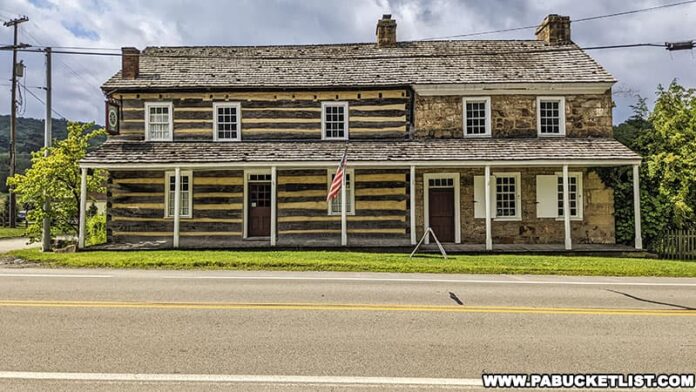
“The Pale Blue Eye” is a Netflix murder-mystery, set in the 1830s and starring Christian Bale, Harry Melling, Fred Hechinger, Gillian Anderson, and Robert Duvall, to name just some of cast members.
While the storyline of “The Pale Blue Eye” is set at West Point in New York, the bulk of the movie was actually filmed in western PA.
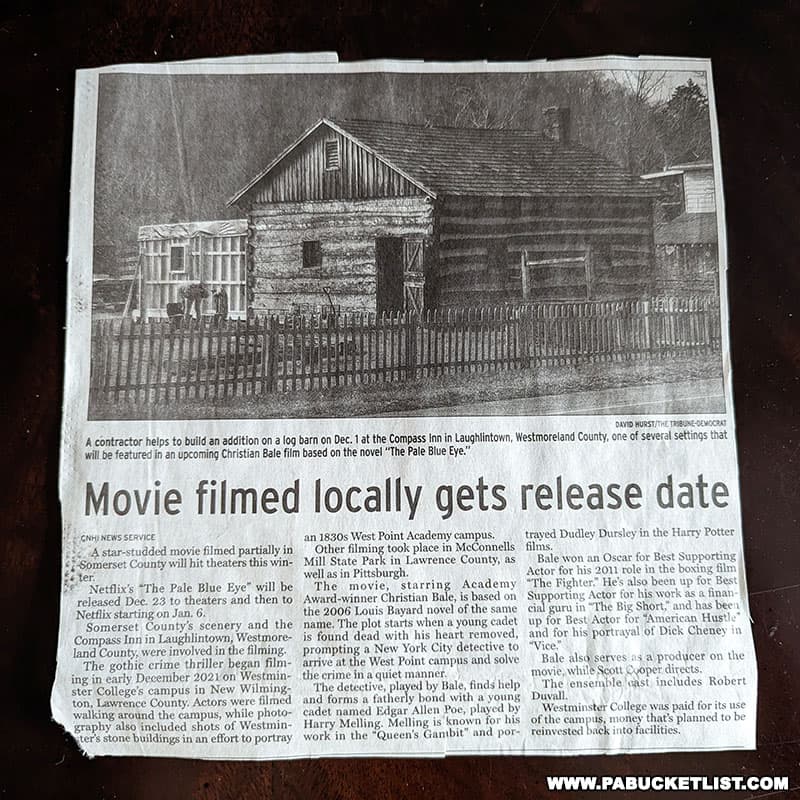
What follows is a list of seven historic western PA locations where scenes from “The Pale Blue Eye” were filmed.
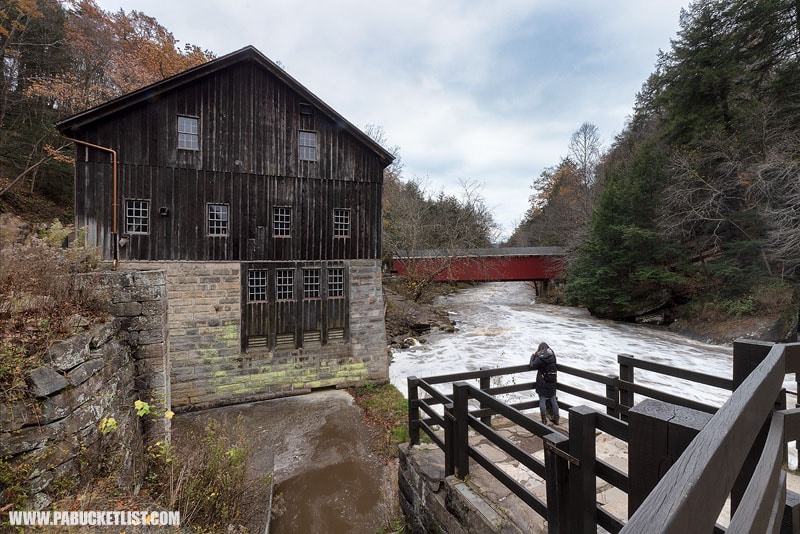
1. Westminster College in Lawrence County
Westminster College in New Wilmington is used to portray West Point in The Pale Blue Eye, in large part because of the beautiful Collegiate Gothic architectural stylings of the buildings on campus.
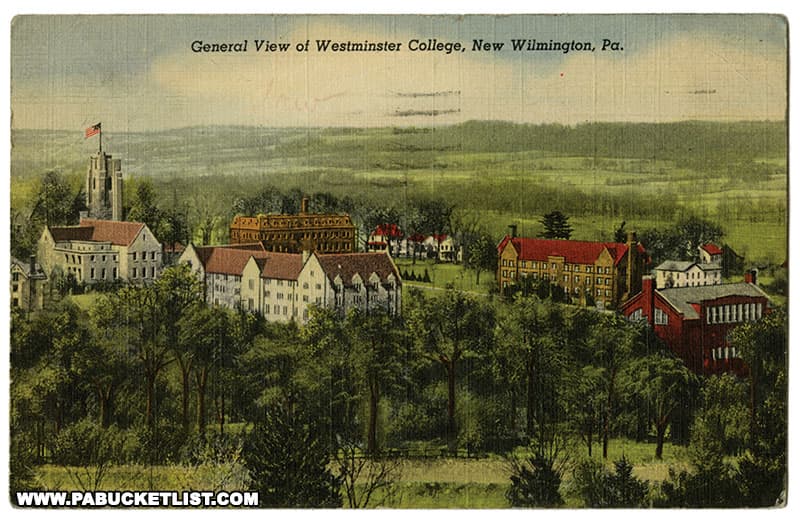
2. Old Economy Village in Beaver County
Old Economy Village in Beaver County is a National Historic Landmark and was once the home of the Harmony Society, a religious communal group that sought to create a utopia inhabited by German Lutheran separatists.
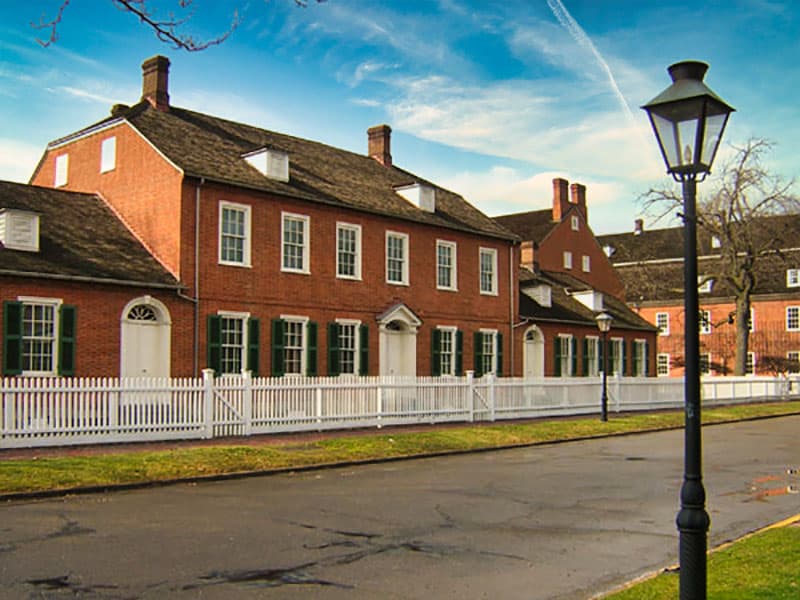
3. The Compass Inn Museum in Westmoreland County
The Compass Inn Museum in Westmoreland County is a historically-accurate representation of what an early-to-mid 1800s stagecoach stop would have looked like.
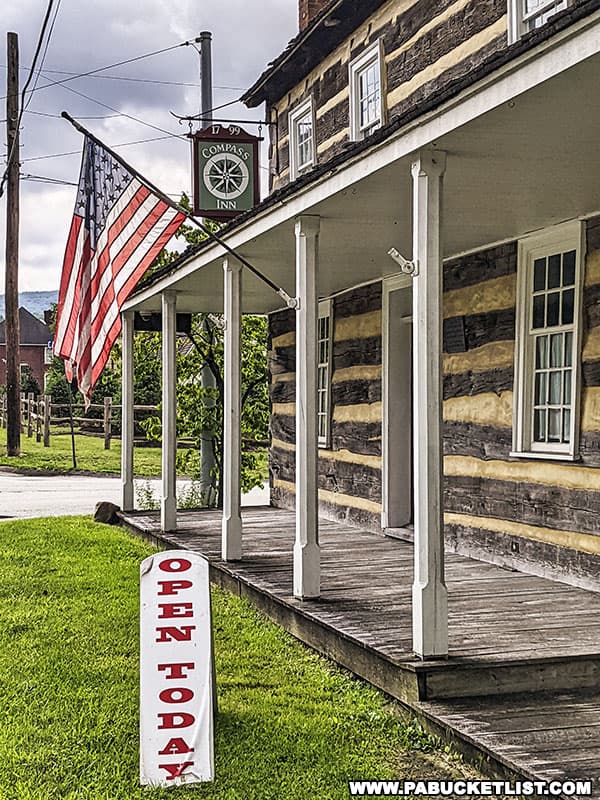
The Compass Inn Museum’s blacksmith shop was used to portray a tavern in The Pale Blue Eye.
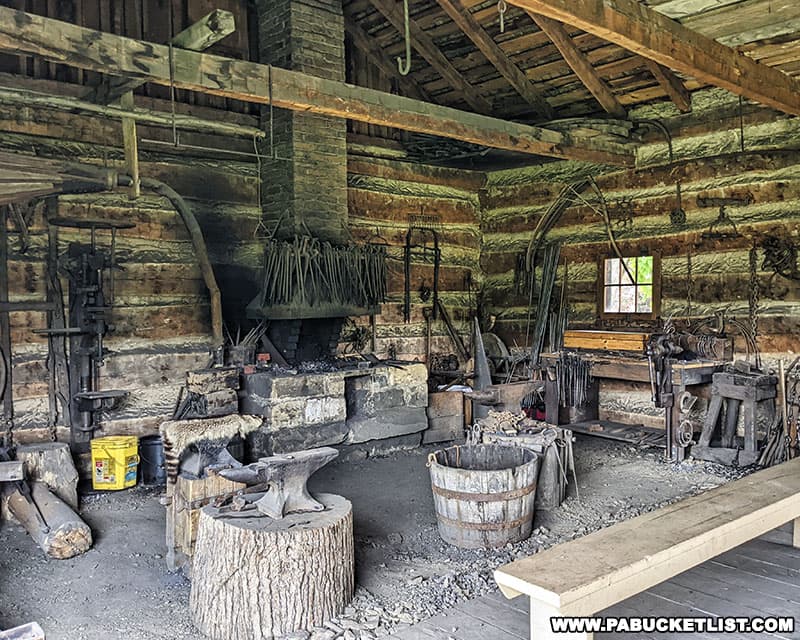
4. McConnell’s Mill State Park in Lawrence County
The historic gristmill at McConnell’s Mill State Park is instantly recognizable in the movie trailer to anyone familiar with this western PA state park.
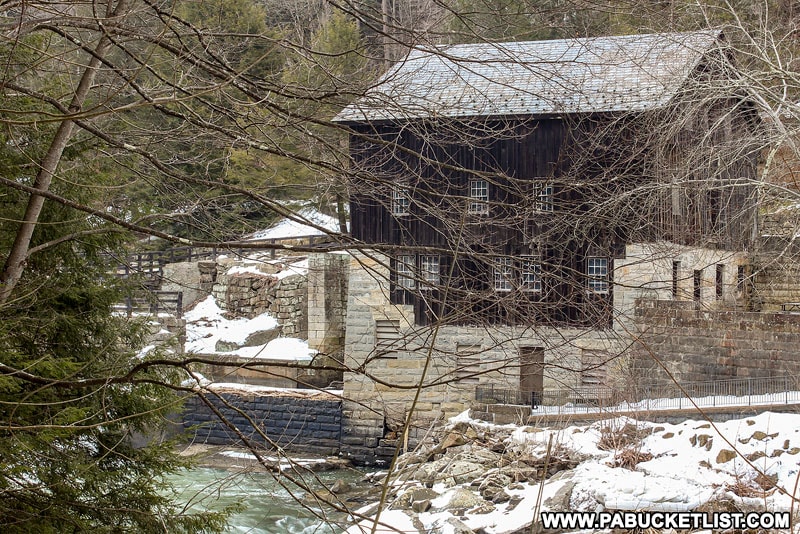
5. Moraine State Park in Butler County
Lake Arthur at Moraine State Park was used to portray the Hudson River.
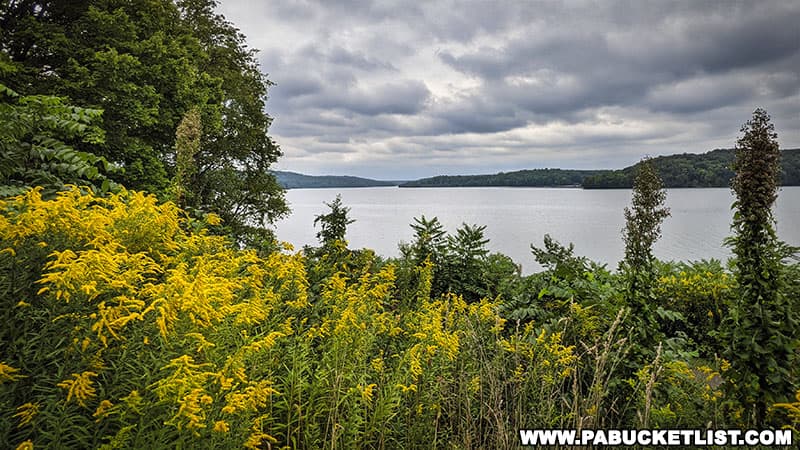
6. Allegheny Cemetery in Pittsburgh
Allegheny Cemetery in Pittsburgh is one of the most historic cemeteries in western PA, and a natural fit for filming cemetery scenes set in the 1830s (even though the cemetery didn’t open until 1844).
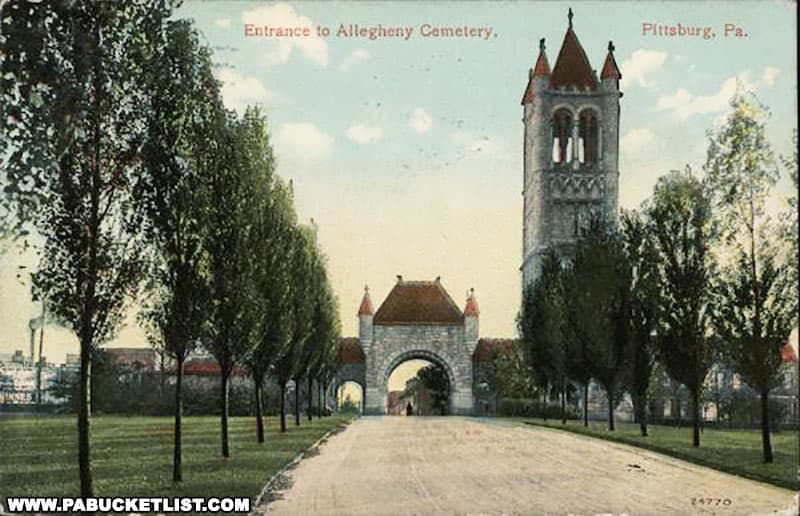
7. Penguin Court and Thomas Road Farm in Westmoreland County
Penguin Court and Thomas Road Farm is a 1,089 acre nature preserve, composed of both forest and farmland, owned by the Brandywine Conservancy and used to film various outdoor scenes in The Pale Blue Eye.
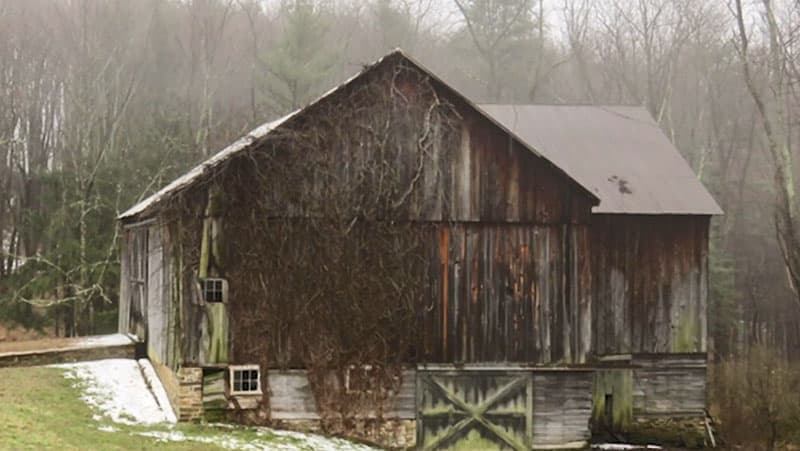
Nearby Attractions
Historic Hanna’s Town, established in 1773, was the first county seat of Westmoreland County, and hosted the first English courts west of the Allegheny Mountains!
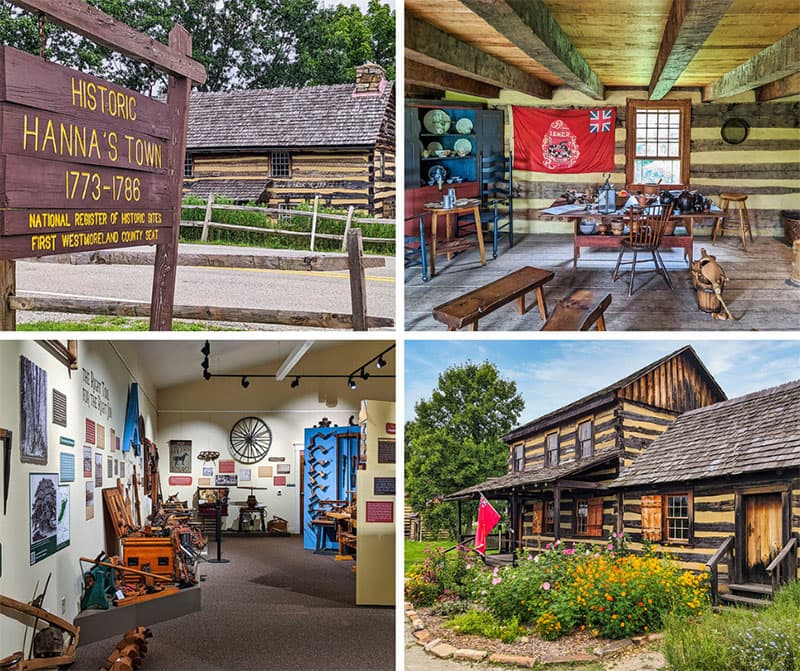
Linn Run State Park is a nearby 612 acre park popular with hikers, campers, and picnickers.

Fort Ligonier in Westmoreland County is a historically accurate reproduction of a British fort originally constructed in 1758 during what would become known as the French and Indian War.
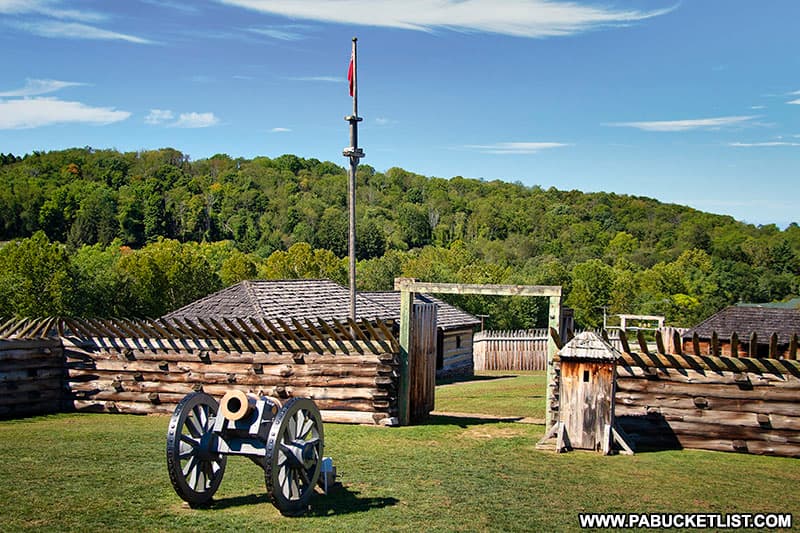
Did you enjoy this article?
If so, be sure to like and follow PA Bucket List on Facebook, Instagram, and/or Pinterest to learn more about the best things to see and do in Pennsylvania!
Click on any of the icons below to get connected to PA Bucket List on social media.


